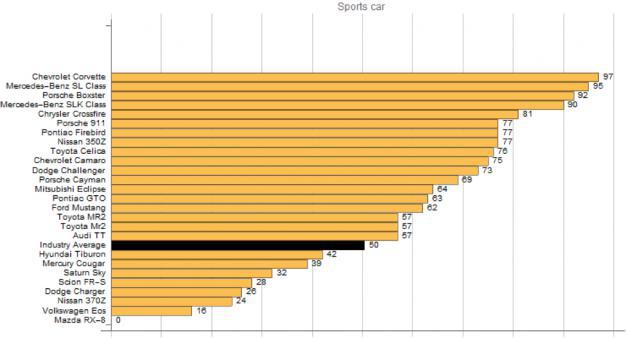Cadillac – s Delaying Its Very first Whack at a Self-Driving Car, WIRED

Cadillac’s Delaying Its Very first Whack at a Self-Driving Car
Cadillac’s Delaying Its Very first Whack at a Self-Driving Car
Cadillac's very first whack at autonomous driving technology will arrive later than planned, the company said this week.
In September 2014, GM CEO Mary Barra said Super Cruise, which would let your Cadillac do the driving on the highway, would show up in the fall of 2016. (GM later specified the feature will debut on the forthcoming CT6.) That timeline, Automotive News reports , has slipped to some time in 2017, and Cadillac confirmed the feature won't be in the CT6 when it goes on sale later this year.
Super Cruise doesn't do much. It maintains a safe speed and keeps you in your lane. There's no complicated decision-making, like whether to switch lanes to pass that lumbering semi. Cadillac chief Johan de Nysschen calls it “just another layer that provides a degree of semi-autonomous vehicle capability.” It's a petite step up from what we have now. Cars on the market can tweak the steering to stick to their lane, and many have adaptive cruise control to stay a safe distance from other cars. Super Cruise effectively combines these features.
The technology is what federal regulators call Level two autonomy, which lets the car treat both steering and throttle, but still requires the driver pay attention and remain responsible for what's going on. It's not until Level three that the driver may “cede total control of all safety-critical functions” to the robot. (Level zero is basically a Model T, Level five is the pod Google has in mind , with no steering wheel or pedals.)
We're still grinding the stone here, to make sure it's ready.
Cadillac Chief Engineer Dave Leone
All of which is to say, in the grand arc that is our shift to autonomy, Super Cruise is a baby step. Its delayed arrival is a reminder of how the mainstream auto industry is approaching autonomous technology: cautiously and leisurely. Cadillac hasn't elaborated on the current state of Super Cruise, but Bloomberg Business reported in October the system had trouble with things like the sun dazzling the rear view camera and cars going different speeds on either side of it. Wherever development now stands, GM's not rushing. “Technical development will only proceed to production when it is well and truly ready,” says Cadillac rep David Caldwell. “We won't release it just to hit a date, nor will we 'beta test' with customers.”
That last bit is a clear dig at Tesla Motors, which in August issued an over-the-air software update enabling “autosteer” on some customer cars in what was essentially a beta test. Tesla released the update to all Model S and X owners in October. The function works just like Super Cruise, keeping the car in its lane at highway speeds. CEO Elon Musk urged customers to use it cautiously, telling, “We tell drivers to keep their palms on the wheel just in case, to exercise caution in the beginning.” Yet within a week, Tesla owners were posting movies of themselves driving hands-free , sometimes with hairy results like being stopped for speeding and narrowly avoiding hitting oncoming cars. Tesla responded by adding a speed limit for the function, but hasn't backed down from promoting its capabilities. “It's most likely better than a person right now,” Musk said this week .
Tesla has willingly stepped into a “mushy middle space,” says Bryant Walker Smith, an assistant professor at the University of South Carolina School of Law and affiliate scholar at the Center for Internet and Society, who studies self-driving vehicles. Traditional automakers are far more risk-averse. In the area of autonomy, they want rules to go after, so they can't later be attacked for being reckless. They'll take their time rolling out autonomous technology, disappointing those who can't wait to mitt over the wheel.
Super Cruise “will be right before it's introduced,” says Cadillac chief engineer Dave Leone. “We're still grinding the stone here, to make sure it's ready.”